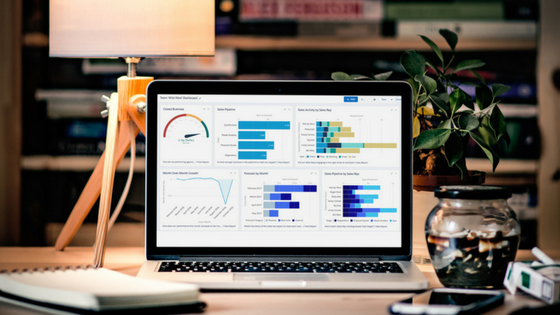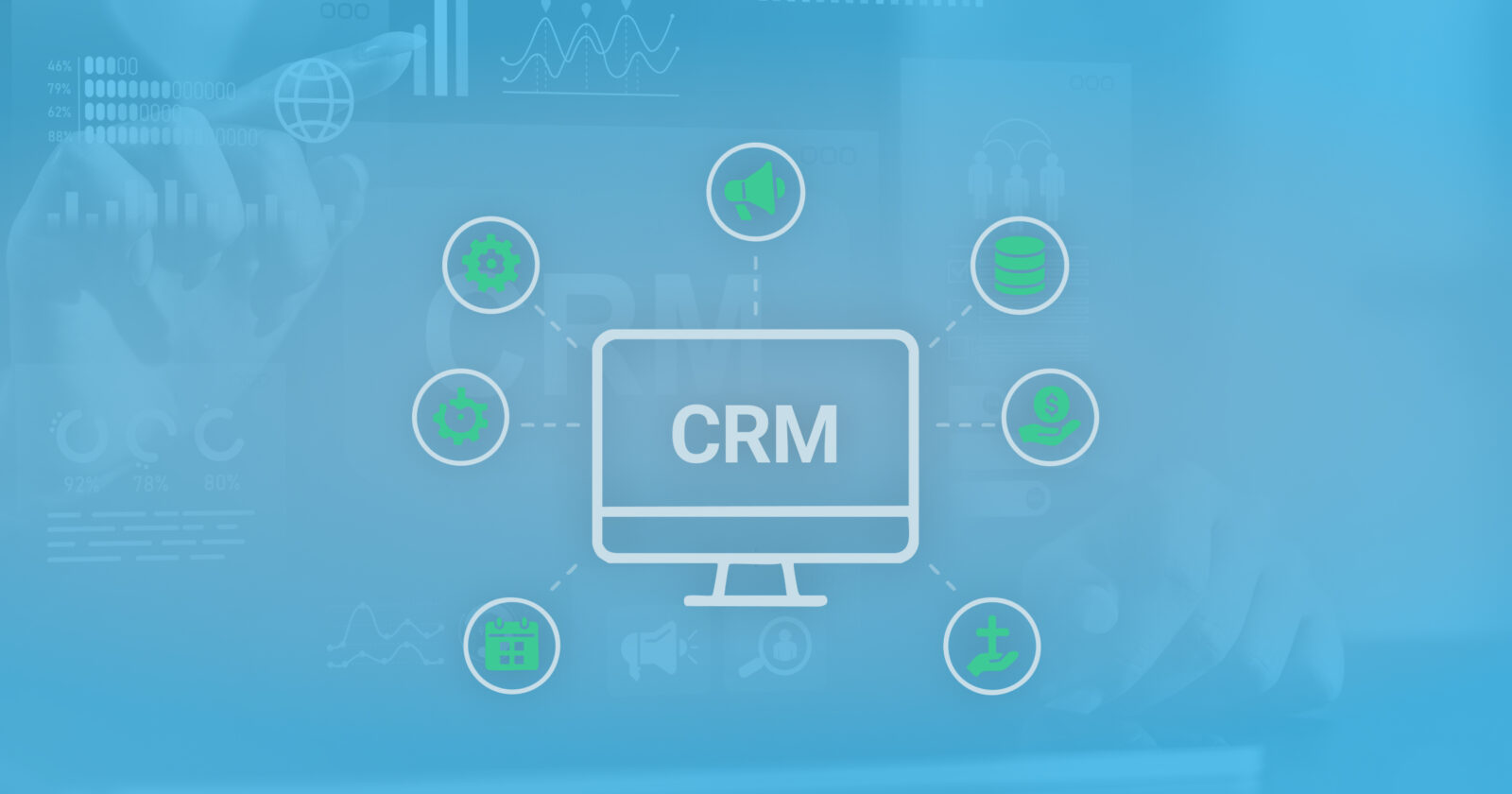Getting Started with Your Sales Funnel
The Basics of the Sales Funnel
The sales funnel is a visual illustration of the sales process, a metaphor that shows all of the potential sales opportunities and follow them along the way to either drop out of the process or become a complete sale. A funnel is divided into several different stages, dependent on the sales model that is being followed. As sales opportunities move down the funnel the chances of a sale become increasingly likely, though potential clients can slip away at any point in the process.
One very basic sales funnel is one divided simply into three categories of prospects one would interact with in the sales process: leads, prospects, customers. As a basic definition, a lead is a person who one might try to purse a sale with, whether or not they have become aware of the company. Realistically, this could be almost anyone so to narrow the group down a bit one would look for specific qualifications that make a person a more likely customer and, therefore, a qualified lead. For example, in a situation of selling motorcycle helmets, a qualified lead would be someone who actually owns a motorcycle. Many companies also use the word ‘prospect’ interchangeably with ‘qualified lead’, though a prospect would more correctly be classified as someone who’s had contact with the company and shown real interest. Customers are, of course, those who’ve already made a purchase and people that have potential to become repeat customers.
More commonly sales teams use a more complex funnel, that includes an in depth description of sales and the customer process, there can be multiple divisions to describe distinct sales phases. These phases should be tailored to each companies unique sales process, but might be divided as such: interest, evaluation, decision, purchase, reevaluation, repurchase. In the sales process, a rep would attempt to bring a prospect from the awareness phase, where they first become aware of the existence of a product to the purchase phase. Between these steps the prospect would develop a real interest in the company’s product, evaluate whether or not the product is worth buying based on research and competitors, a decision phase where negotiations can begin for pricing, hopefully leading to the purchase. After this point, the customer will reevaluate the product, perhaps leading to a repurchase if they are satisfied.
Why Use a Sales Funnel?
For sales reps and mangers, the sales funnel can be an extremely effective tool in quantifying the number of prospects that are going through each stage of the sales process. This allows a more accurate prediction of the number of prospects needed to create a certain number of customers. If a company knows out of every 100 prospects only 10 make a purchase, then hitting a target customer number will be dependent on finding ten times the number of prospects.
The sales funnel also allows sales reps and managers to spot problems that might be happening in the sales process, when prospects are dropping out or if enough outreach has been done to get new leads. It’s an effective way to analyze the numbers over time and work on any roadblocks in the sales process and can help determine where sales reps should be focusing their attention.
Implementing a Sales Funnel
When a company sets about implementing a sales funnel, the most important thing is to know and understand the individual company’s sales process from beginning to end. Though most companies generally follow a similar model, there can be many unique differences depending on things like order sizes and consequences of a client making an incorrect purchase decision.
To get and accurate picture of all the steps in the process, it’s helpful to have all the sales and marketing people work together to identify all the key steps and put them in sequential order. The steps should be specific enough that they can be easily distinguished as separate phases, but general enough so that every tiny step doesn’t become arduous and meaningful patterns can still discerned from the data. Giving the prospects codes for wherever they are at in the process will allow sales reps to know the next step. Keeping these codes updated is extremely important in the process and will make all the sales workflow that much easier. Having a customer relationship management (CRM) in place is a good way to keep track of prospects, especially if it’s automatically updated.
Summing Up the Sales Funnel
The sales funnel is an indispensable tool for sales reps and sales managers at all companies that need to keep track of leads and the process to turn them into customers. As a tool, the sales funnel is a plan to guide the lead through the process when they first become aware of the company, learn about it, and make a decision on whether or not to purchase the product. Sales reps and managers should drop people into the sales funnel from day one so that they can be moved through the process towards the sale. It is a valuable tool for keeping track of and finding problems in the sales process as well as tracking the ROI and creating better customer retention practices.
Sources:
http://www.mindtools.com/pages/article/newLDR_94.htm
http://www.marsdd.com/mars-library/stages-of-the-sales-funnel/
https://blog.udemy.com/sales-funnel/
http://www.ringdna.com/inside-sales-glossary/what-is-the-sales-funnel













